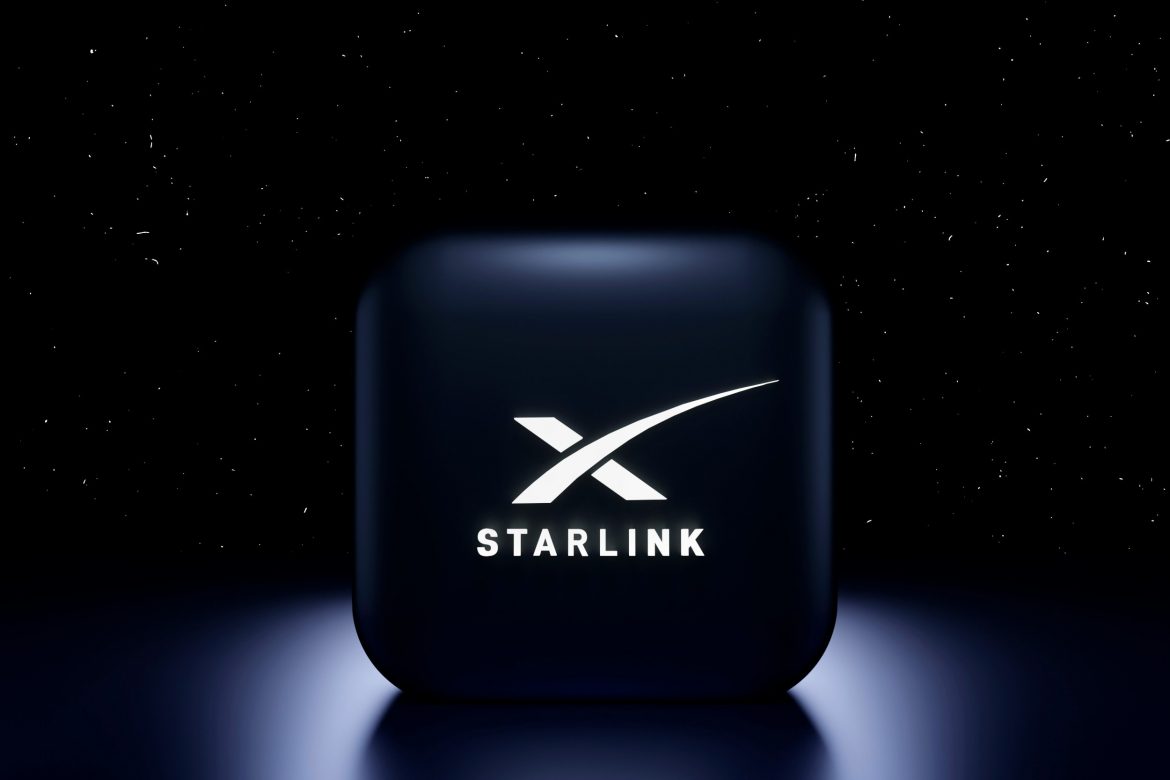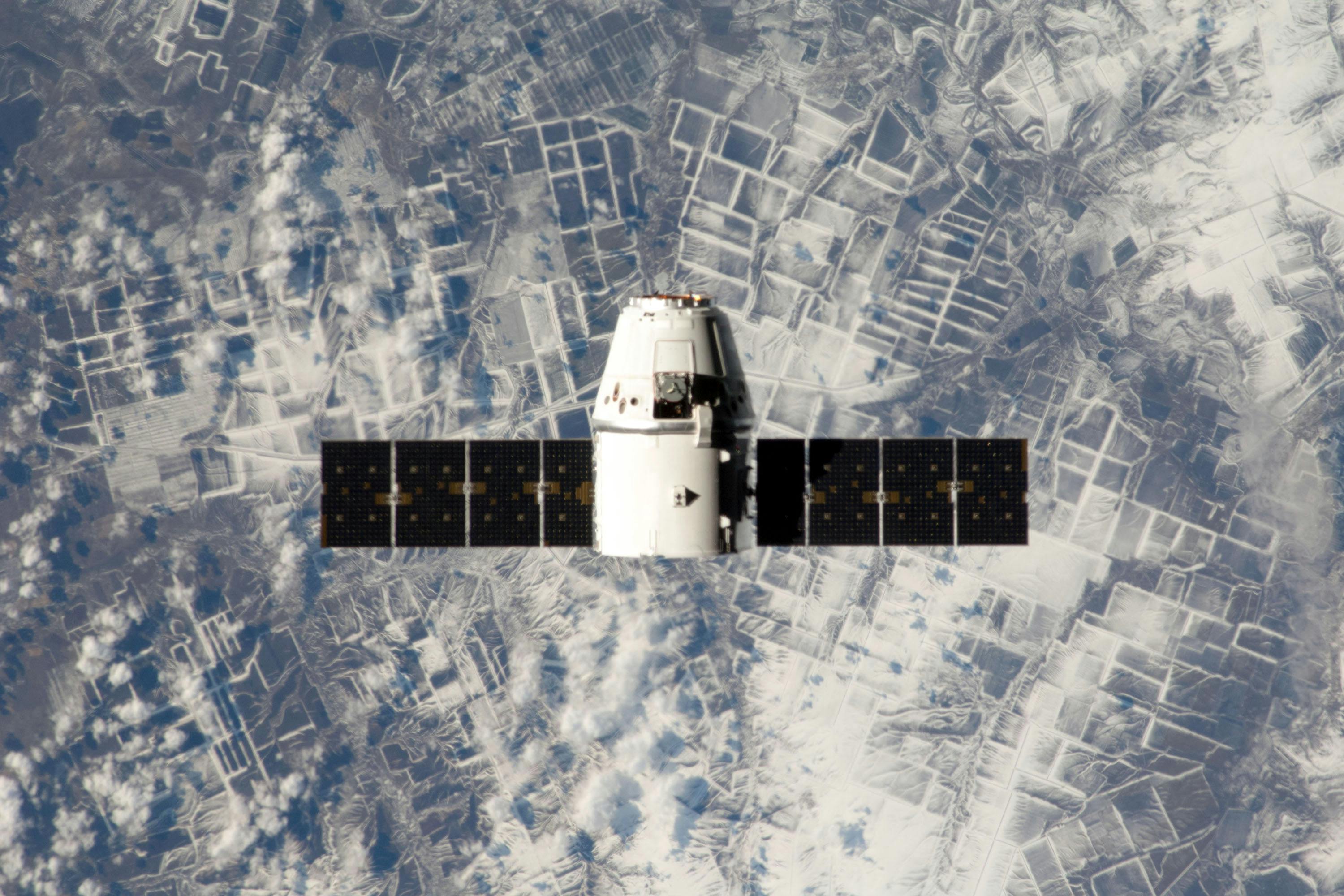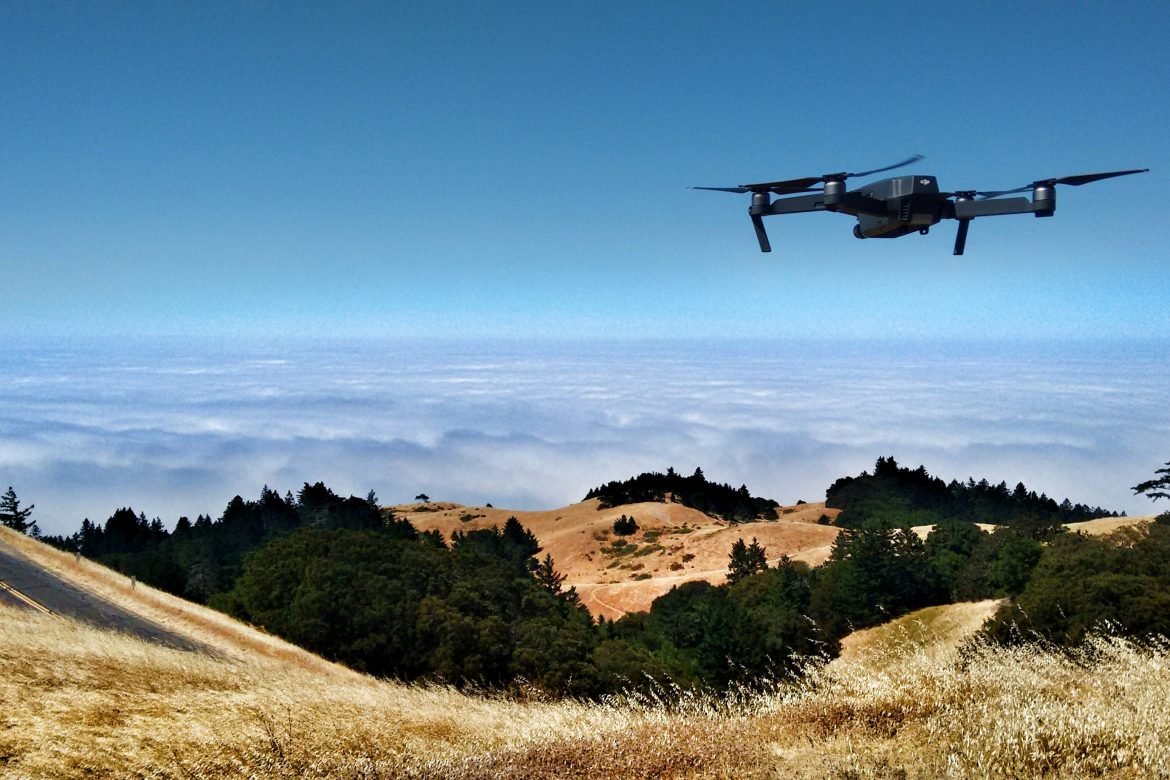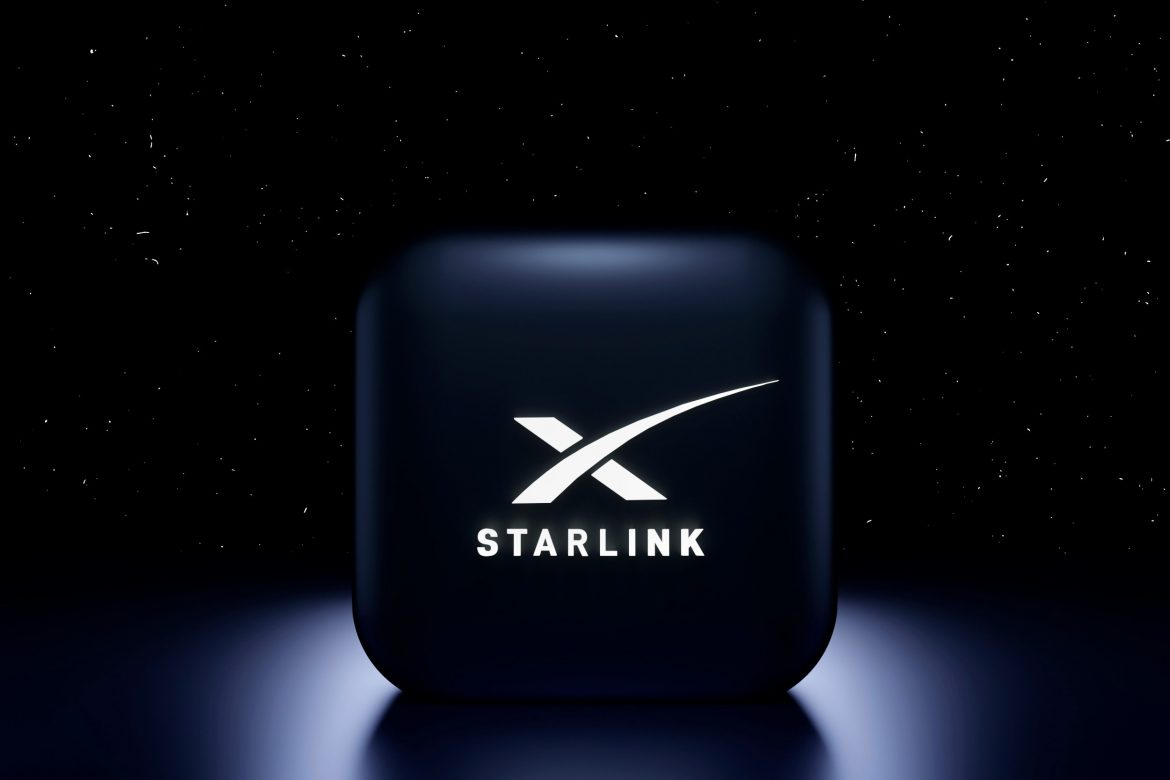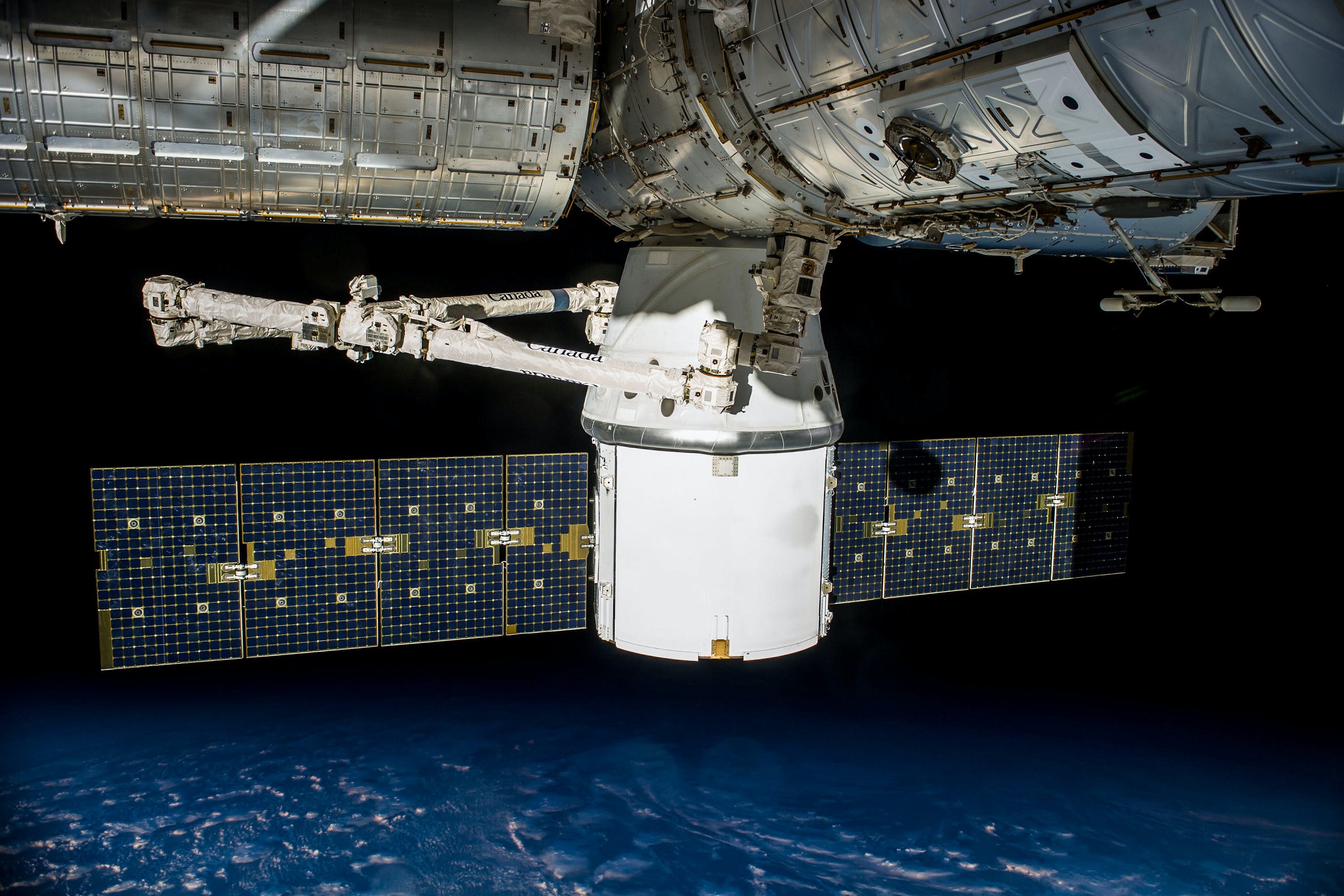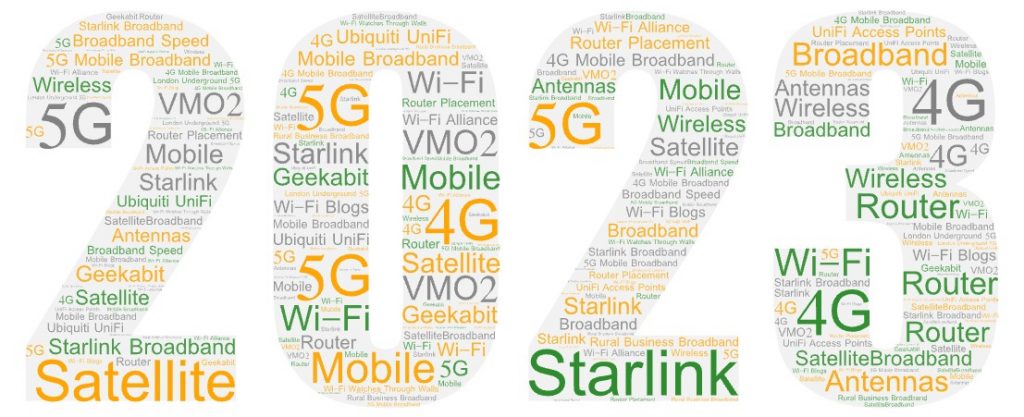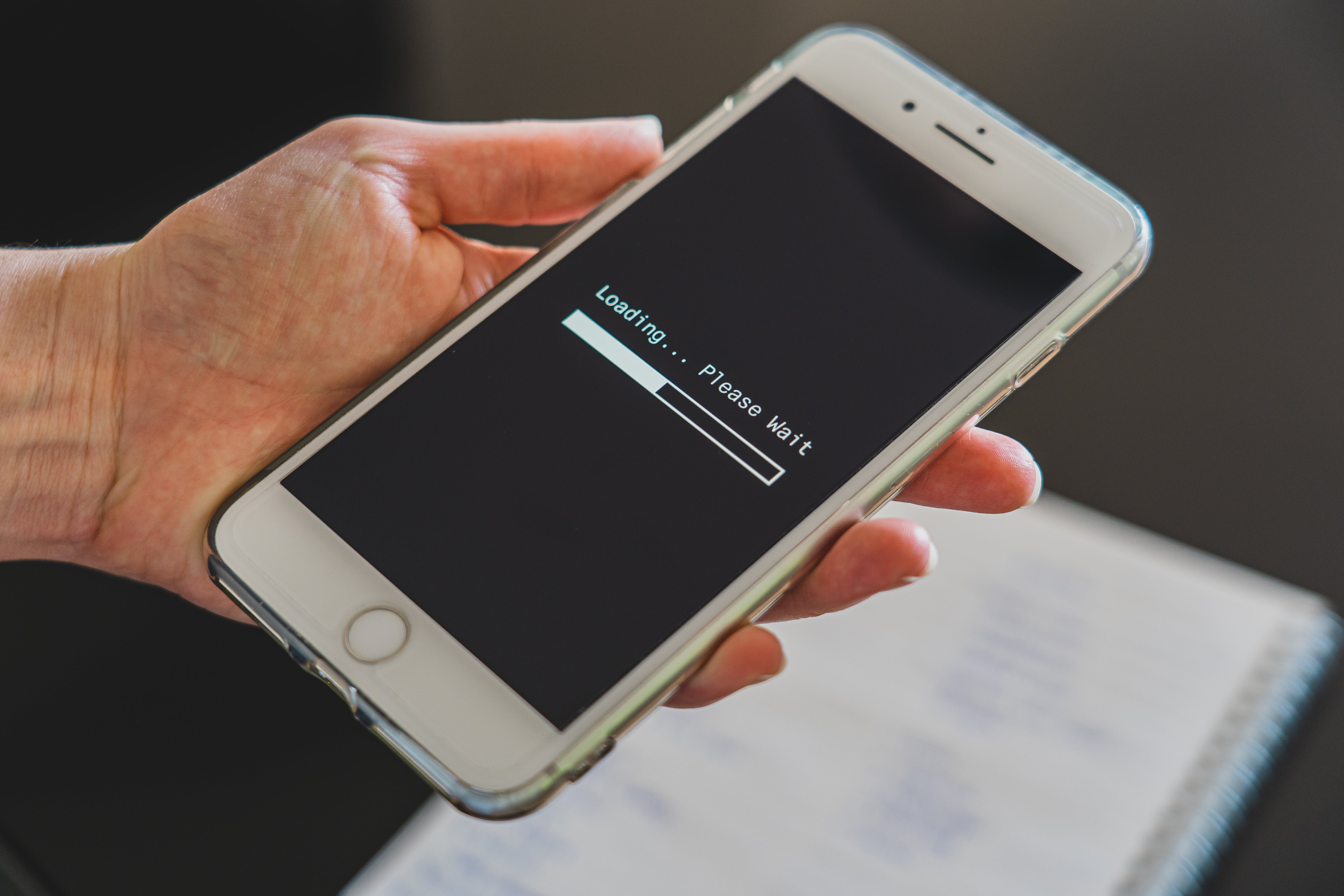Having provided Starlink satellite broadband for a variety of different customers and clients – From large scale charity events to rural businesses and remote residential properties – We’ve seen first hand how Starlink internet is a game changer for people who aren’t able to get a reliable connection from mobile Wi-Fi or fibre broadband.
Business Starlink vs. Residential Starlink
Did you know that Starlink offers both a Residential and Business internet service? If you’re wondering how they differ from one another and whether it’s worth going for the Business service, then you’re in the right place!
Is Bigger Better? Let’s Talk Differences in Dish Size
The dish used for Starlink Business internet services is physically bigger than the Residential package dish. There are big benefits of using the Starlink Business antenna with more elements for better performance:
- More powerful signals can be sent and received
- They perform better in all weather conditions and are more durable
- Improved performance through better quality connections and lower latency
- When more satellites are in the sky, they offer a higher bandwidth
In terms of numbers, the business antenna offers a 140 degrees view, compared to the 110 degrees from the Residential antenna. This increases the service availability by 4 times compared to before.
GPS functionality is also enhanced as well as improving the visibility of the satellite by about 35%.
Starlink uses a beam-forming technique for their high-performance dishes, which creates a cone of connectivity to satellites. During satellite transitions, there can be ‘mini outages’ but with the bigger dishes these occur less and are less disruptive due to the upgraded business antenna elements offering faster processing.
Starlink Business dishes are highly durable with IP56 protection, meaning they can withstand strong jets of water. This is in comparison to the Residential antennas which have IP54 protection which protects them against just splashes.
What does this mean in real terms? Basically, Starlink Business dishes perform better in extreme weather. Not only does the upgraded heat management system mean that it can offer speeds 3 times faster when temperatures exceed 35 degrees, but the Starlink Business antenna also melts snow 1.7 times faster.
Get Priority Bandwidth with Starlink Business
Many home users can get everything they need from a Starlink Residential package, but if you need power then Starlink Business could be the better choice. One big plus of Starlink Business is that you are given higher priority traffic than those on Residential plans.
We mentioned earlier that the higher performing dish on the Starlink Business service has 35% more visibility – Basically the ability to view 35% more of the sky. This means it can connect to more satellites and maintain those connections better.
What speeds can you get on Starlink Business compared to Residential?
Starlink Business:
Download speeds – 100-350mbps
Upload speeds – 10-50 mbps
Lower latency
Starlink Residential:
Download – Up to 100 mbps
Starlink Connectivity for Extreme Environments
If your business needs hardware to keep you connected in extreme weather environments (e.g. high humidity, high/low temperatures, heavy snowfall) then the high performance Starlink Business dish is unlikely to let you down.
For businesses, having 24/7 bandwidth to support business operations is imperative. The service from Starlink Business can offer more stability, faster connections and fewer dropouts.
Connectivity via Venn and Starlink
The great thing about Starlink Business is that it can benefit organisations big or small. Through a high performance dish, upgrading to Starlink Business could bring your organisation:
- A better quality connection
- Lower latency
- Improved performance
Starlink hardware can be combined for organisations who need to cover large, critical sites for multiple and many users needing high availability.
Venn Telecom has partnered with Starlink, enabling the connection of multiple high-performance Starlink antennas and simultaneous connections to various 5G networks. This enhances reliability and speed even further.
Starlink Satellite Broadband with Geekabit
If you’re considering Starlink satellite broadband as an alternative way to connect to the internet – For a business or event – Then get in touch with our Wi-Fi expert today. We’ve seen the difference Starlink can make for those in remote or rural areas.

